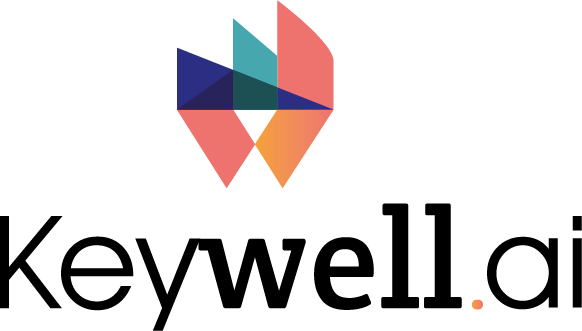Healthcare data plays a key role in improving patient outcomes by identifying patients most at risk, improving care coordination, monitoring the quality of care, and identifying waste that draws on limited resources. Business intelligence tools have been increasingly common as a portal for healthcare organizations to gather insights and take the next steps, but the nature of healthcare data presents unique challenges.
Healthcare organizations, in particular, have unique needs to ensure the protection of health information in compliance with HIPAA regulations and to integrate duplicative and complex data sources in healthcare-specific ontologies. Here are four considerations beyond the basics that we have found important for healthcare organizations considering a new or replacement BI tool:
1. Does the BI tool complement your current data architecture?
Some tools are more capable of transforming data to make it easier to work with the front-end analytics layer. If data is in multiple places and missing consistent, cleaned-up reporting tables, a tool with some built-in ability to do data transformations can be helpful. As a best practice, however, we typically suggest that data transformation occurs before dashboard development so separate analytics may use the same data for consistency.
For example, suppose you are using a BI to analyze claims data. In that case, it can be challenging to define a consistent place of service or whether or not a claim was due to a patient’s hospital readmission. These enrichments can be developed in a BI tool, but it’s better to include them in an upstream data model. Separate tools such as TUVA HEALTH (open source) or INNOVACCER can accelerate data modeling for improved BI dashboards.
Analysts understandably play favorites with tools based on familiarity and preference. Still, the right tool depends on the organization’s particular data assets and needs. Emerging cloud-native tools may be a good fit for cloud-centric data systems, such as AMAZON QUICKSIGHT. In contrast, more comprehensive healthcare-specific BI tools, such as URSA, may be most appropriate for organizations that are seeking ready-made capabilities.
2. Will the BI tool protect confidential healthcare information?
BI tools are designed to expose data to users, and in some cases, that needs to include detailed patient data for patient clinical management. However, aggregated or masked data is often sufficient, or users may only need limited permissions to their patient caseloads, and MINIMUM NECESSARY USE is a cornerstone of healthcare data protection. The ability of the tool or supporting architecture to manage these permissions should be an important consideration in decision-making.
Similarly, BI tools use different caching methodologies, sometimes caching raw data in the hosted cloud. Depending on the BUSINESS ASSOCIATE AGREEMENT (BAA) and data-sharing agreements between the healthcare organization and analytics software partners, caching may need to be disabled, or the cache must be hosted within the virtual perimeter of the organization.
3. Does the BI tool govern healthcare data and value sets?
It’s easy to churn out dashboards using BI tools, but issues arise when metrics don’t match or users get different answers for the same analytic questions. It’s a common and important challenge for healthcare organizations with maturing data capabilities: If users don’t trust the data or understand the results they are seeing, the organization won’t fully leverage data-driven insights.
Healthcare data has particular governance challenges because ancillary datasets such as AHRQ DIAGNOSIS CODE GROUPINGS or NPI ontologies such as NPPES DATA are regularly updated and must be maintained. Organizations typically develop custom value sets, such as a department-specific list of diagnosis codes or lab values to indicate a diabetes patient is eligible for case management.
A centralized way to maintain these ontologies and definitions is critical to effective healthcare analytics. Some tools have built-in governance capabilities that can help solve these challenges. The absence of governance tools isn’t necessarily a deal-breaker, but it does mean that more effort may be required for centralized documentation and knowledge management.
4. Can you leverage AI and machine learning capabilities?
AI and machine learning are commonly used for the prediction of readmissions, the prediction of patient future healthcare comorbidities or complications, and the prediction of overall patient utilization and costs. These capabilities are increasingly mainstream, and some are built into BI tools, while others can integrate predictions generated from a separate AI system.
As a middle ground, some BI tools like MODE and SISENSE have integrated data science notebook tools that allow experimentation with machine learning models in the same context as user-friendly dashboards.
There are also healthcare-specific engines for developing and maintaining ML and AI models, such as CLOSEDLOOP.AI, which can be used as a stand-alone tool or integrated into data shown to users in a separate BI tool.
Conclusion
Healthcare business analytics is largely similar to other industries, but there is a unique subject matter and consideration for analytics architecture. This is especially true in preparing healthcare datasets such as claims and EHR data for analysis. The right tool depends on an organizational tolerance for “build” vs. “buy” and existing architecture and systems.
GET IN TOUCH here to learn more about how we can help accelerate your healthcare analytics initiatives.





